CP F1a Jubilee
$12.00
Trainz Steam Locomotives
$12.00
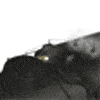
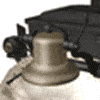
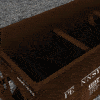
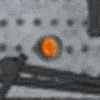
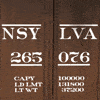
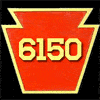
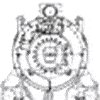
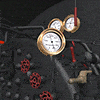
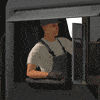

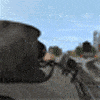
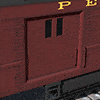
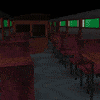
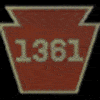
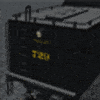

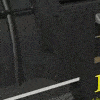
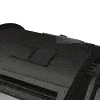
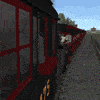
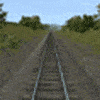
The Canadian Pacific Railway constructed (20) 4-4-4 Jubilee type locomotives in 1937-1938. These F1a class engines, numbered 2910-2929, succeeded (5) slightly larger F2a locomotives built in 1936. While the unusual 4-4-4 wheel arrangement never caught on with other North American railroads, the Canadian Pacific’s design proved successful. The appearance of the F1a locomotives stems from the F2a design. An emphasis was placed on “Semi-Streamlining”, and no extremes were considered with the shrouding. This was done to keep crucial areas of the engine readily available for servicing and repairs. Thus why the shrouding was kept almost completely in-tact throughout their entire careers. The appearance was so successful that it was adapted to the later H1c and H1d Royal Hudsons of 1938 and 1940, and the T1b and T1c Selkirks of 1938 and 1949.
The F1a Jubilees employed a fairly small boiler, measuring 6ft diameter. With the outer streamlined casing, that increased to nearly 8ft. They sat on 75″ driver wheels, with the main road connected to the rear axle. Smaller 16.5 x 18″ cylinders, and an exceptionally high 300psi boiler pressure gave these engines a total 25,900 lbs. of tractive effort. It was also unusual to see such a small engine equipped with a Front End Throttle and an Elesco Feedwater Heater. Unlike the prior F2a locomotives, these newer F1a’s lacked a mechanical stoker and a power reverse gear. They were all hand fired, and incorporated the traditional screw reverse wheel. An all-weather cab provided warmth in the harsh winter climates. Their tenders had a capacity of 12 tons of coal, and 7700 imperial gallons (9247 US gallons) of water. Total engine and tender weight was 192,777 lbs.
The F1a’s were designed with the intention of running short and fast intercity local commuter and express trains. This service never really materialized, and they found themselves used on secondary local passenger trains, and on the prairies in Eastern Canada. They were also used on short mixed trains. One notable assignment was the 41 mile Regina-Moose Jaw, Saskatchewan local. This train was required to make 10.2 miles in 10 minutes between Pasqua and Belle Plaine, averaging a start to stop speed of 61mph within 10.2 miles! This for a time in the late 1940s and early 50s was the fastest scheduled speed attained by a Canadian passenger train.
The F1a’s were finally retired in the late 1950’s, and all but (2) were scrapped.
#2928 was acquired by the Canadian Railway Museum in the mid-1960s for display. Today the 2928 is undergoing a cosmetic restoration at the Museum.
Canadian Railway Museum Site
#2929 was purchased by F Nelson Blount for exhibition with his collection of historic steam locomotives in Wakefield, Massachusetts. The 2929 and the rest of the collection were moved to North Walpole, New Hampshire in 1960 to become part of the Steamtown Foundation. After his death in 1967, the 2929 and others fell victim to deterioration due to lack of funding. The collection was eventually moved to Scranton, PA in 1984, where the National Park Service took over in 1995. Today the 2929 sits outside away from the public viewing area awaiting an asbestos abatement. There are no plans to restore the 2929 to operation.
Steamtown National Historic Site
The CP F1a Jubilee set includes: (2) Engines, (1) Tender, (1) Express Reefer, (1) Lightweight Baggage Car, (1) Heavyweight Combine, (1) Heavyweight Coach, (1) Lightweight Coach, and (1) Lightweight Observation Car.
All presented content from this website is property of K&L Trainz. No distribution or hosting of content is permitted of any payware assets purchased from K&L Trainz. Modifications are permitted for personal use only!
All sales are final! K&L Trainz is not responsible for any misappropriated funds. No refunds will be issued for any product purchased once a download is initiated.